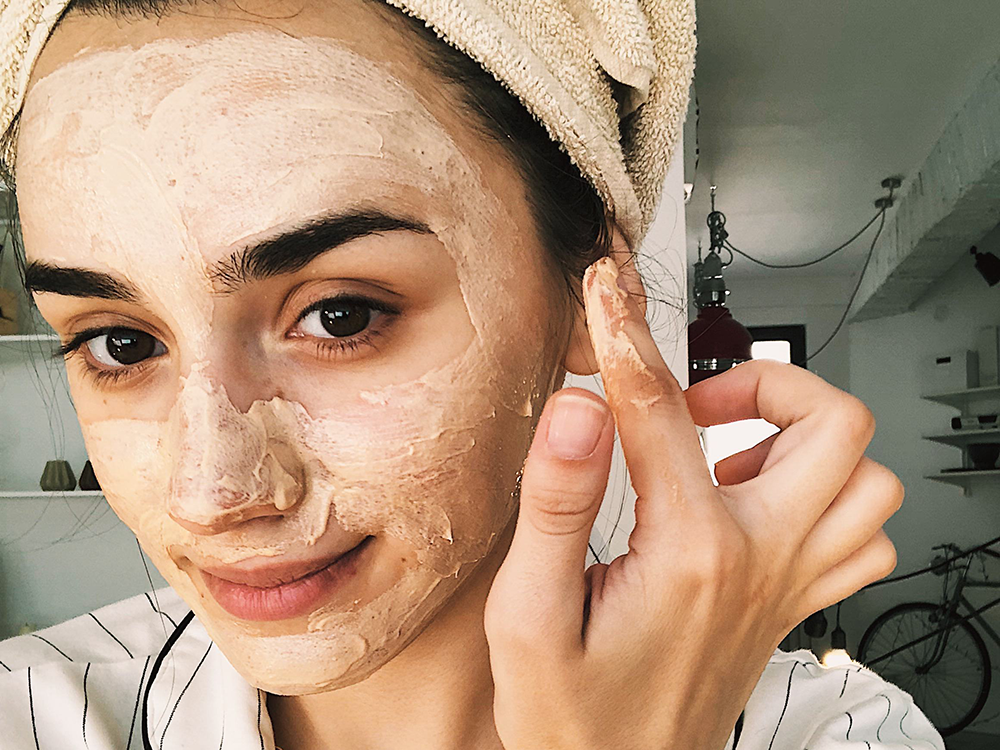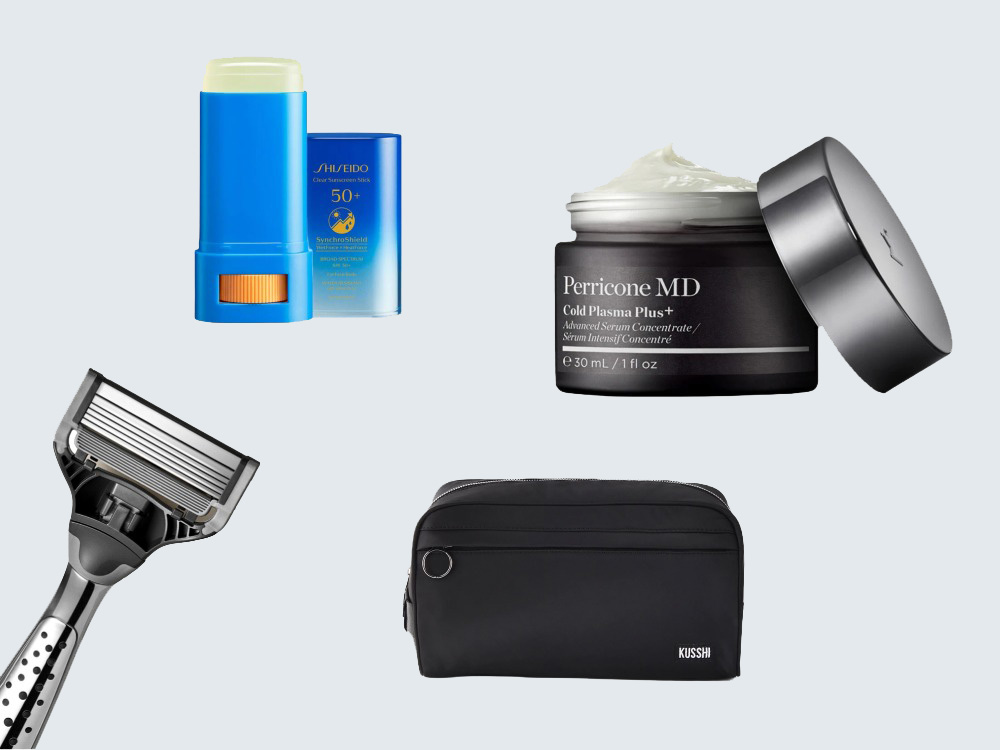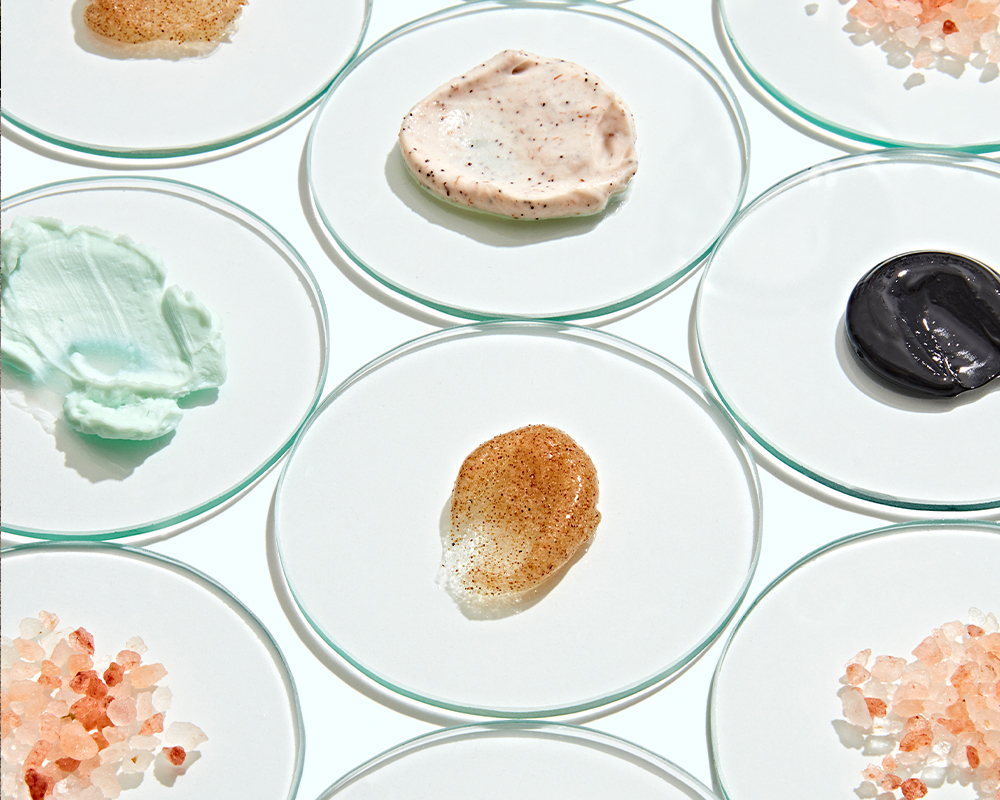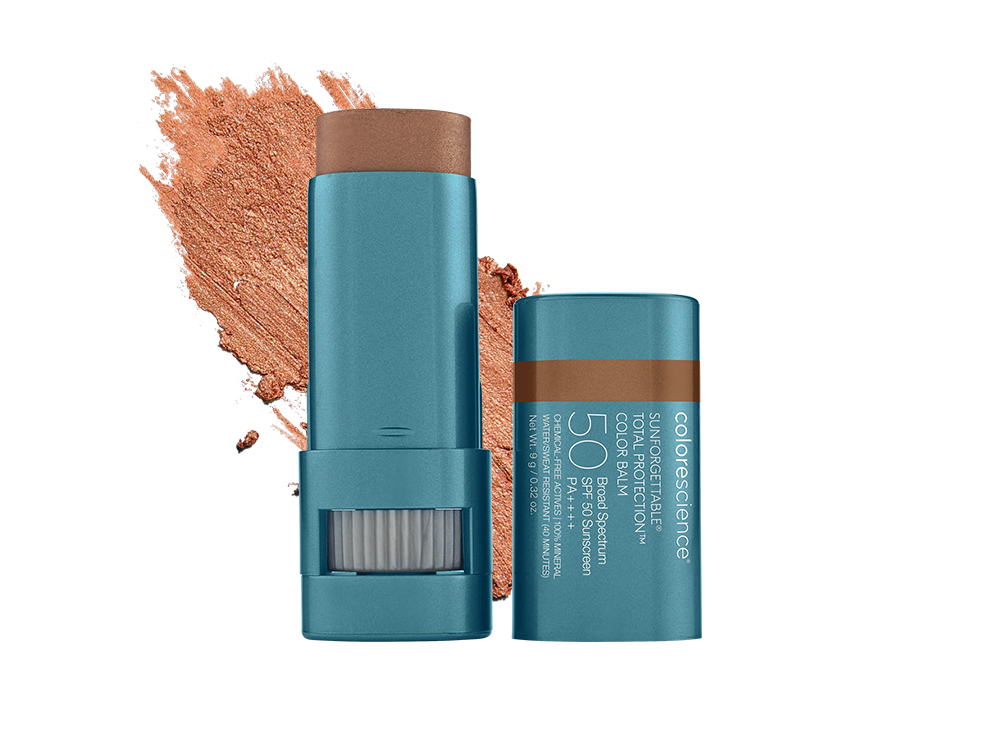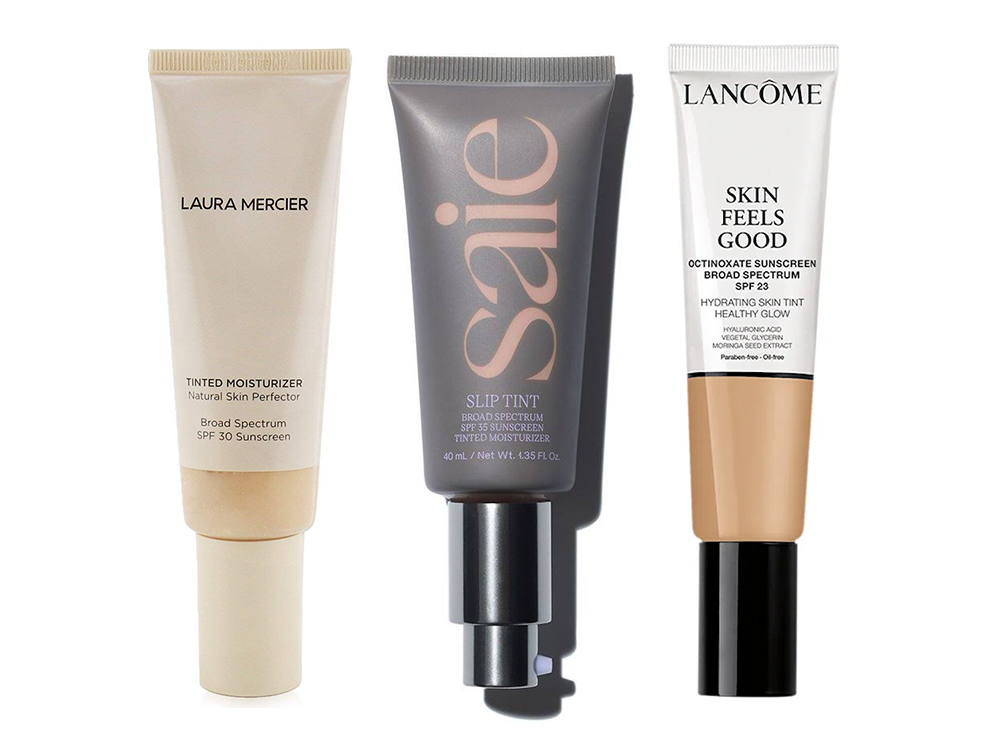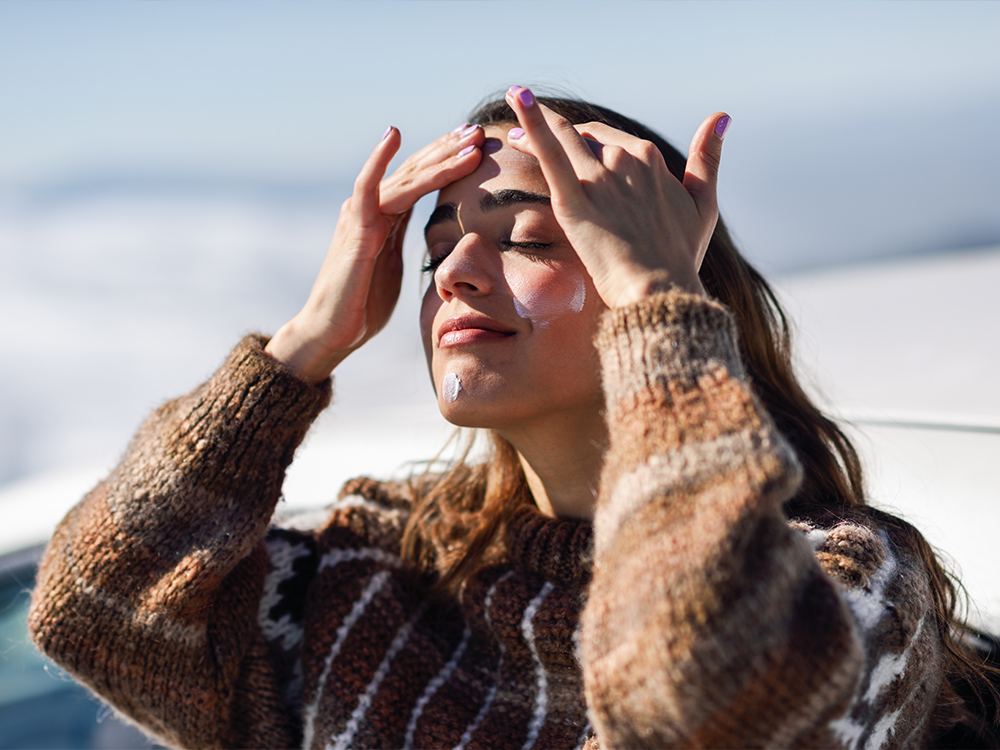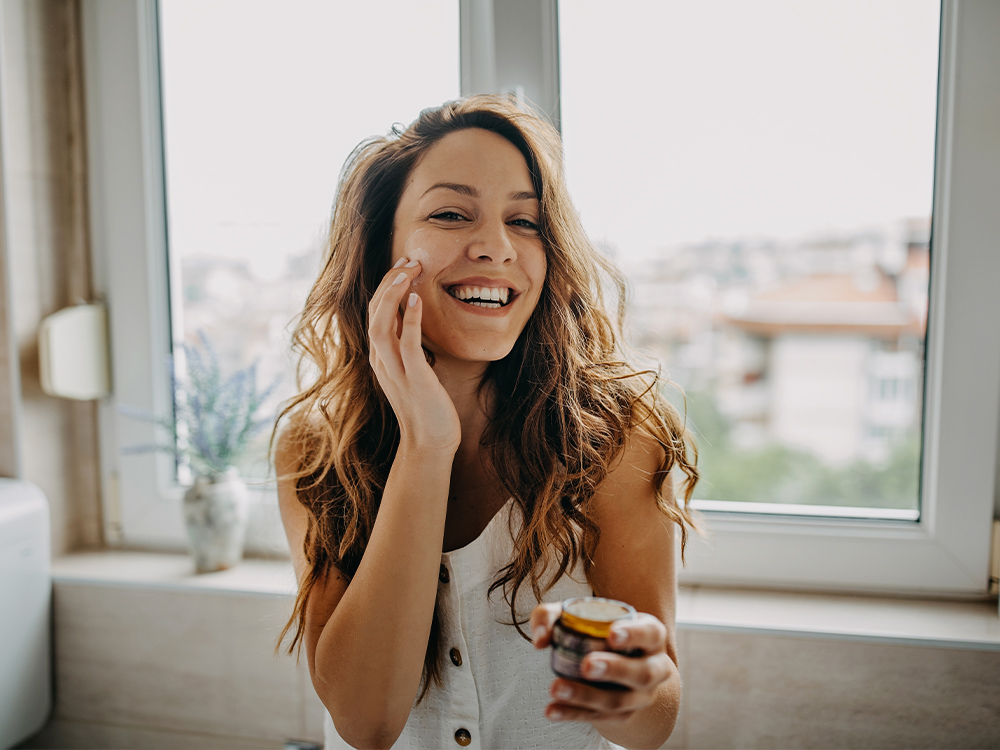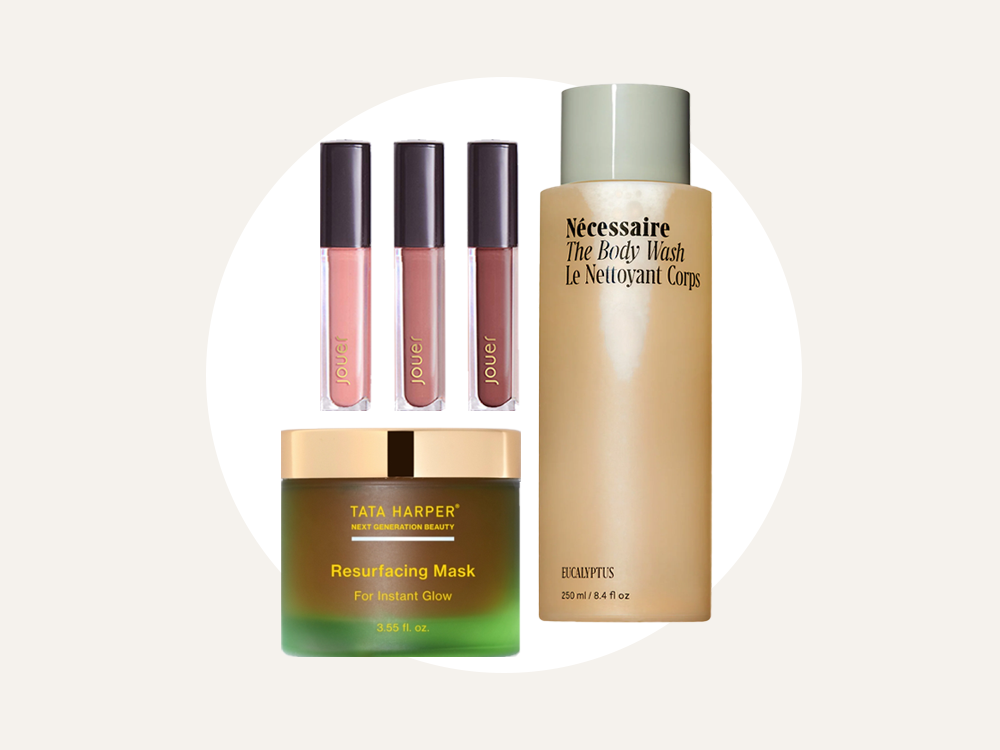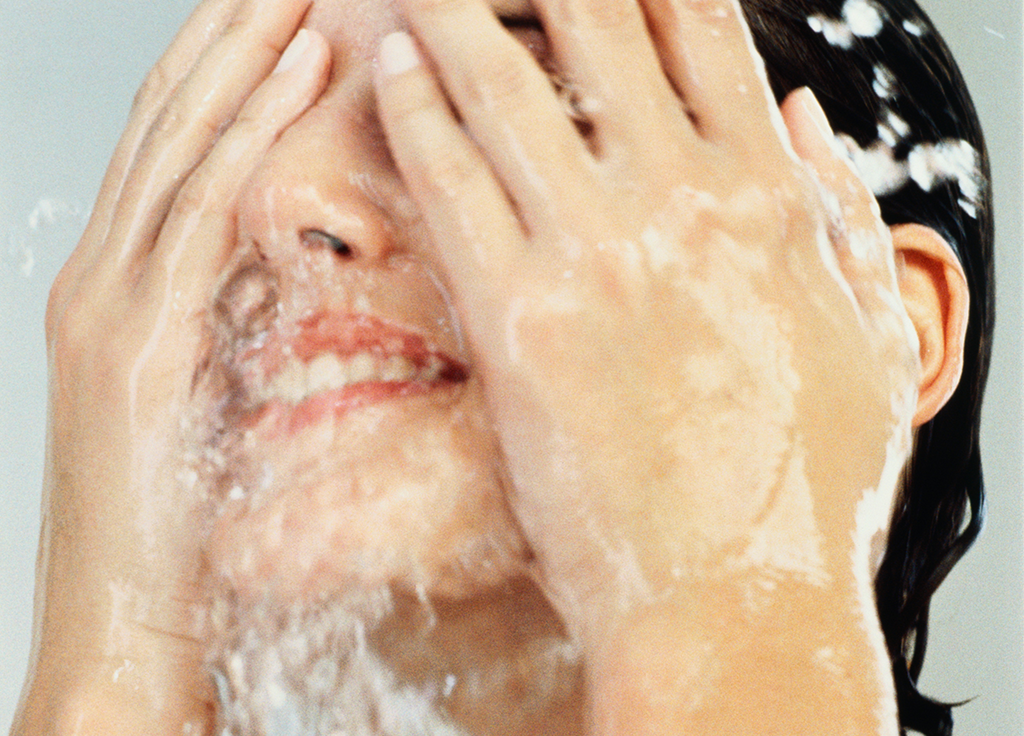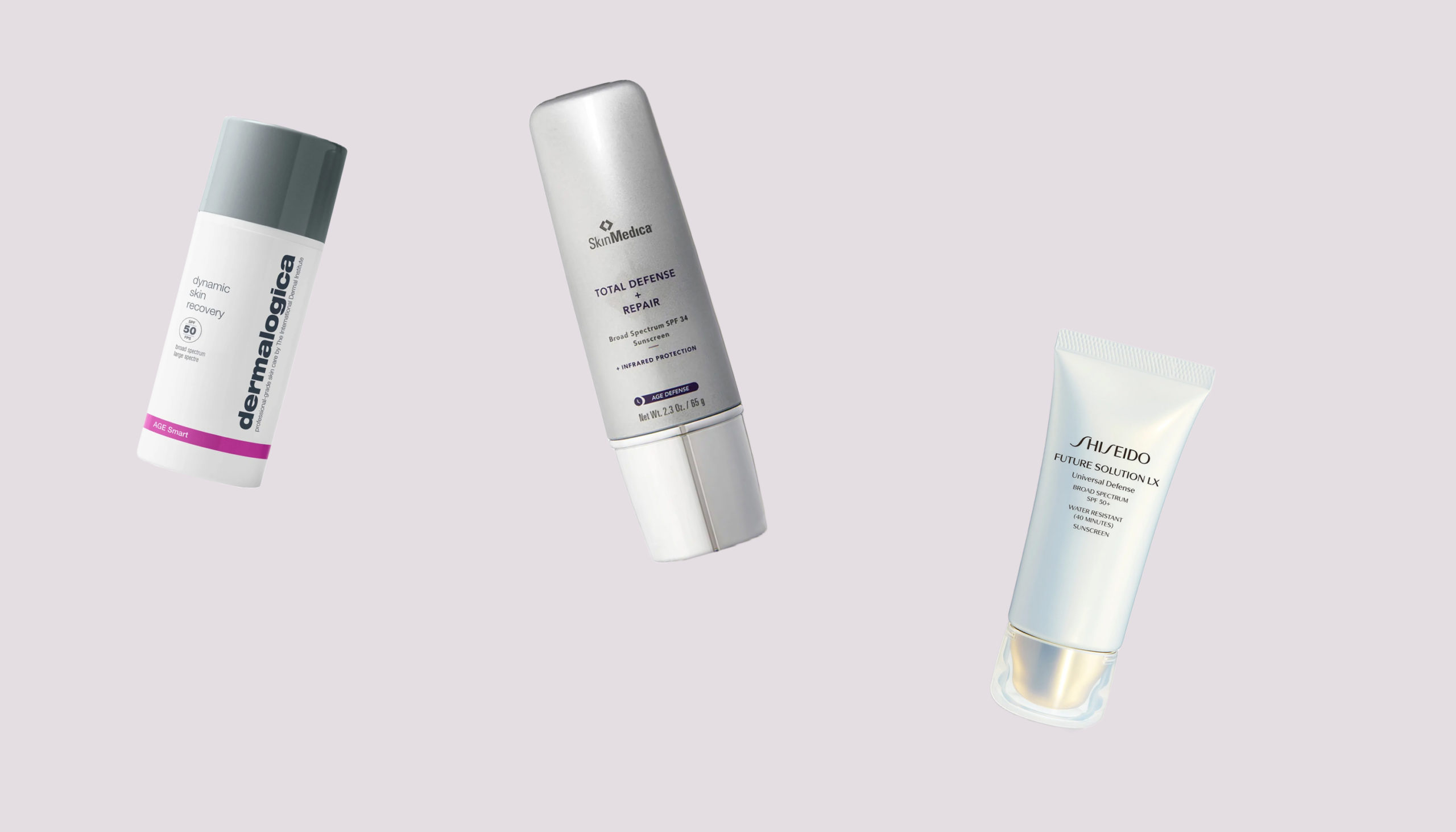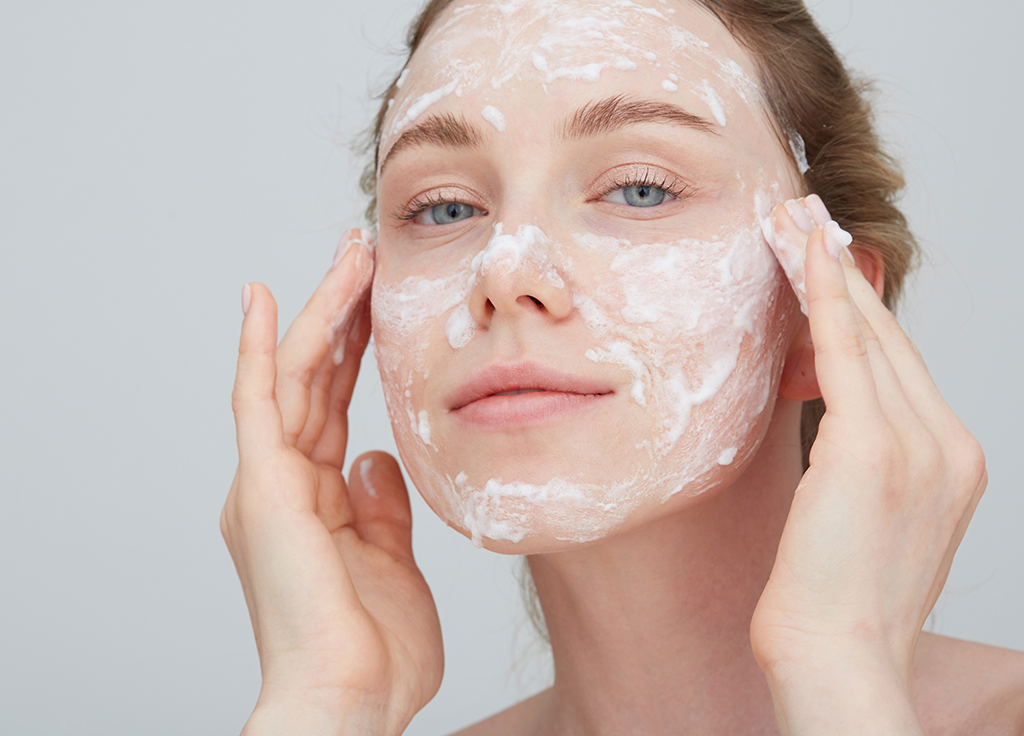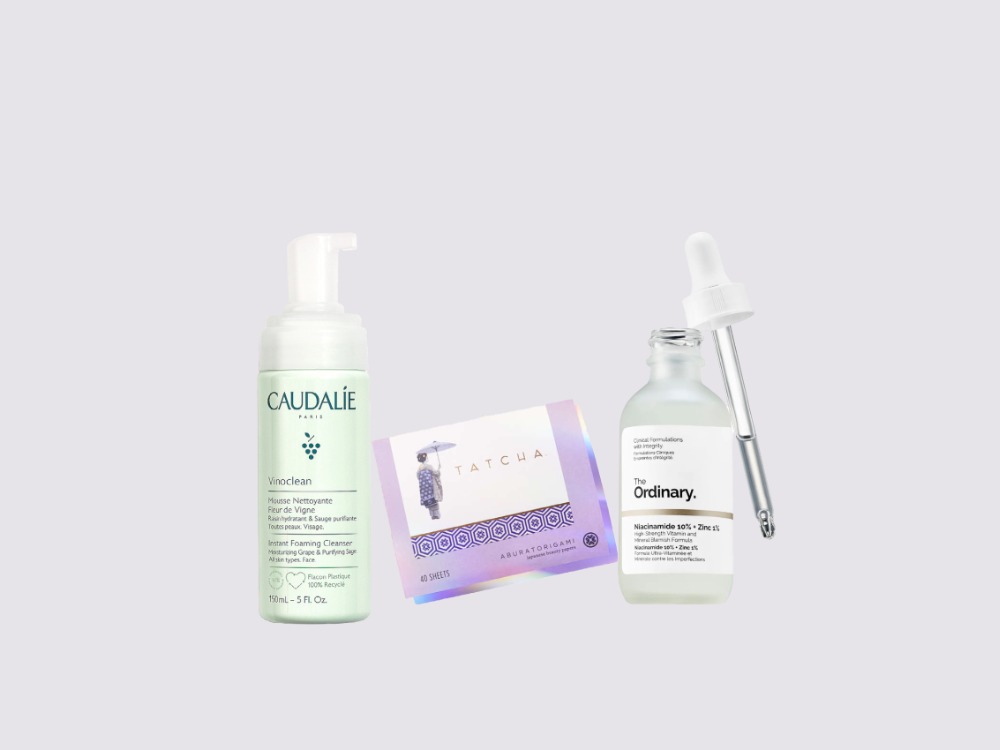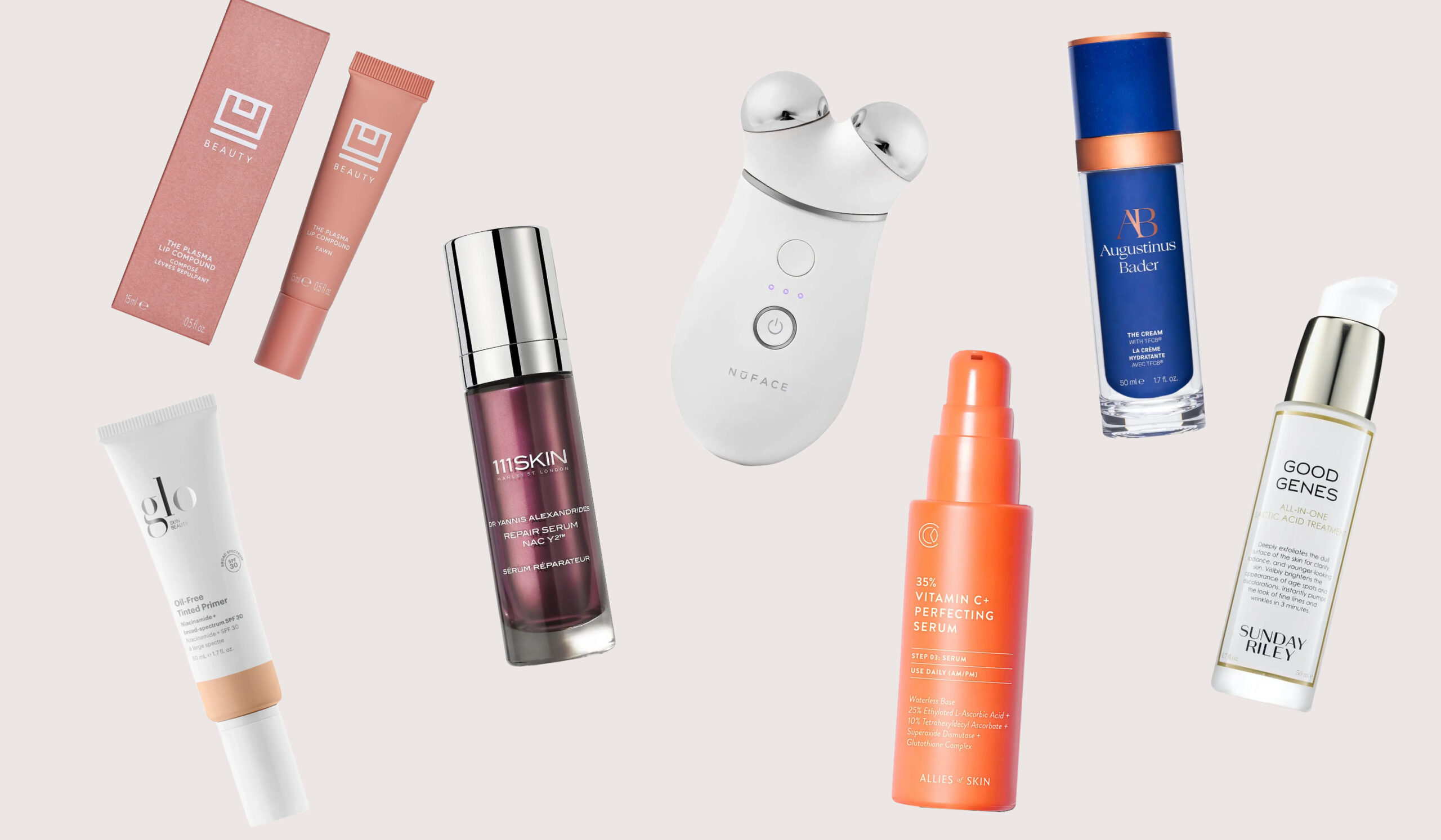Cleopatra had milk. Beyoncé and Blue Ivy have Evian.
And I have La Roche-Posay mineral water. An old-fashioned, claw-foot tub of it, smack-dab in the middle of an 11th-century French château that boasts proximity to the brand’s thermal spring.
The fairy-tale town—yes, it goes by the name La Roche-Posay, or, as the locals call it, LRP—has faucets in its center that gurgle the selium-rich water; it also has 1,600 residents, many of whom gather daily with plastic pitchers to take the magic potion home. Drugstores around the world sell it at a premium for its famed skin-saving abilities, but in this tiny corner of the world, it’s simply a way of life—so much so that the local church sports benches in the signature La Roche-Posay blue.
You May Also Like: The $10 French Drugstore Product Victoria Beckham Always Uses
The brand may be best known for its SPF in the U.S. (when LRP’s parent company L’Oréal got the FDA OK to sell the ingredient of Meroxly-L in 1999, it also brought the first chemical sunscreen to the states, and in turn, saved many suitcases from being stuffed with the French pharmacy contraband), but La Roche-Posay hopes it’s about to hit another big skin-care sector—this time in the hydration department.
Austin, TX dermatologist Ted Lain, MD is a believer, too. He recommends the brand to patients because, as he describes it, it’s a line that helps with hydration, not just moisture.
“Hydration and moisture are very different, but often lumped together, and that can get people into trouble with their skin-care routines,” he explains. “Hydration refers to the water content of the skin. It differs from moisturization, which implies augmenting the skin’s ability to maintain hydration. Water is constantly lost from the skin’s surface, either because of a dry climate or an impaired ability to retain it, as can be experienced when the skin is scaly, red and irritated.”
Enter the fact that this also equates to two distinctive ways to treat our skin— something cosmetic chemist Stephen Alain Ko says can be surprising to the most skin-smart enthusiasts, and is surrounded by a bit of debate. “Many people have different definitions of dry, dehydrated, hydrated, and moisturized, so it can become confusing. Hydrators and moisturizers all work by increasing the water content of the skin—even non-water containing occlusive [these are the ones that physically prevent water loss] balms and ointments will increase the water content of the skin over time by reducing the amount of water that evaporates from the skin.”
You May Also Like: 6 Reasons Why Your Skin Might Be Freaking Out
Ko says even the term occlusive on its own is a bit of a misnomer. “When people think ‘occlusive,’ they think it is 100-percent occlusive, like a film of plastic wrap. In reality, most occlusive cosmetic products, like oils or balms, are only occlusive to a degree. While an occlusive on the skin may reduce some of the skin penetration of something applied after, it won’t prevent it completely. When it comes to very dry skin, it might take multiple approaches to improve it. The first place to start is by rethinking cleansing, which can remove natural moisturizers and lipids from the skin. Shorter showers and gentler cleansers can make a huge improvement.”
Which brings me back to the bath: Admittedly, I cannot trust my math after two glasses of the region’s sparkling Vouvray, but if the going rate for 5.3 ounces of the mist is $13, my decadent soak should have its own insurance policy. My skin feels softer than it ever has thanks to the minerals; my normally super dry and itchy arms and legs, like silk. I have cracked the cracked-skin code.
Alas, Dr. Lain tells me I don’t have to be so fancy to get this kind of results. “The secret is applying and reapplying humectants like hyaluronic acid, glycerin and lactic acid. These ingredients draw in water and have the ability to increase hydration. Healthy skin requires long-term, daily use of lotions or creams with humectants—just like how we drink water to hydrate our bodies, it involves a continuous replenishment.”
You May Also Like: 8 New and Classic Hydrators That Soothe the Driest Winter Skin
Ko agrees. “The biggest difference one will notice [in regards to the skin] is consistency and reapplication. The best advice when it comes to people dealing with atopic dermatitis is to reapply, reapply, reapply. The product is a personal choice, but consistency and reapplication is key.”
A simple concept, in theory, but when not practiced properly, skin doesn’t just appear dry, but also dull, wrinkled and even saggy.
“The most important thing you can do to keep your skin the healthiest is to keep it properly hydrated,” Eagan, MN dermatologist Charles E. Crutchfield III, MD says. “That includes using a gentle cleanser [he recommends a non-detergent or low- detergent cleanser such as Vanicream Cleansing Bar, Dove unscented soap, Cetaphil or Neutrogena cleansers], a good moisturizer after every bath or shower with re-application throughout the day, depending on the relative humidity of your climate. I’m also a big fan of the HydraFacial. It’s one of the most popular skin-care treatments in our office right now. The technology and ingredients create a glow that lasts for days and effectively helps mitigate environmental damage, reduces fine lines and wrinkles, and plumps and firms the skin for long-term results.”
New York dermatologist Michelle Henry, MD is also behind the underrated power of hydration. “It is not only important to make the skin look better, but it also makes it more resilient and affects its overall health and ability to function optimally,” she says.
“Hydrating skin properly helps to strengthen our moisture barrier, which is critical and helps to waterproof our skin. This essentially blocks damaging elements like pollution, bacteria and debris from entering, and
seals in water to allow our skin to remain optimally hydrated. It can be confusing, but if you look at it like a hydrator is adding water to the skin and a moisturizer is locking in that hydration, you’re covered.”
While Dr. Henry typically recommends the cream route (her SOS solution is gentle exfoliation and a thick moisturizer containing ceramides or hyaluronic acid, sealed in with an ointment like Aquaphor) recently, she’s been partial to an injectable option.
“I love making a cocktail of diluted filler and injecting it superficially into the dermis. It helps to shrink pores and increases the skin’s overall radiance and hydration,” she says. “Who doesn’t want that?”
